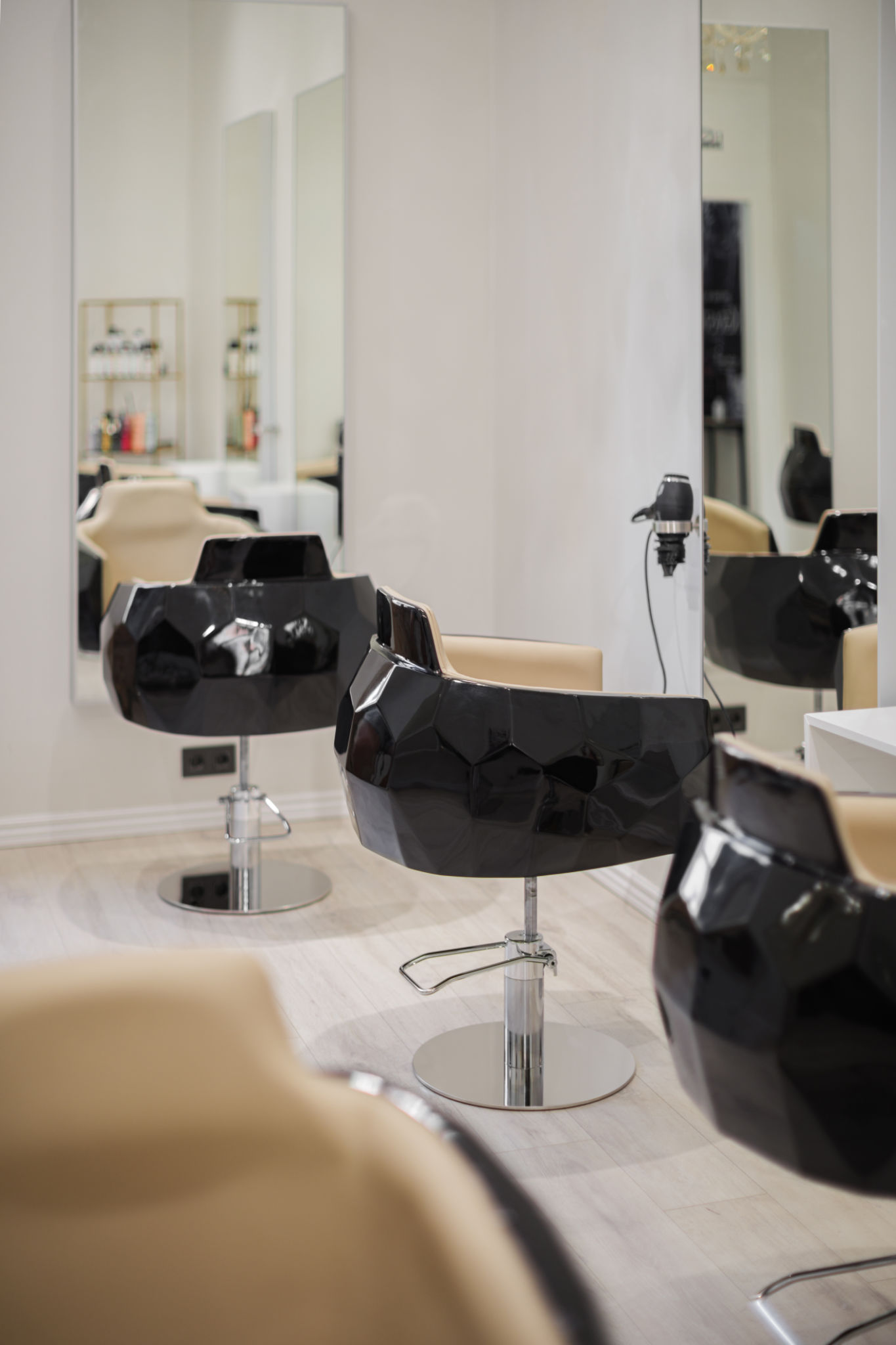Case Study: Transforming a Local Beauty Business Through Targeted Marketing
Introduction
In today's competitive beauty industry, local businesses must employ innovative strategies to stand out. This case study explores how a small beauty salon transformed its business through targeted marketing, resulting in increased visibility and profitability. By leveraging a combination of digital and traditional marketing techniques, the salon was able to connect with a broader audience and enhance customer loyalty.

Understanding the Challenges
The beauty salon faced several challenges common to small businesses. Despite offering high-quality services, they struggled with low foot traffic and limited brand recognition. The salon's location, while accessible, did not benefit from significant walk-in customers, and their social media presence was minimal. These factors contributed to a plateau in growth and revenue.
Identifying Target Audience
The first step in transforming the business was identifying the target audience. The salon's management worked with a marketing agency to analyze customer demographics and preferences. They discovered that their primary clientele consisted of working professionals aged 25-40 who valued convenience and quality. This insight was crucial in shaping their marketing strategy.

Implementing Digital Marketing Strategies
With a clear understanding of their audience, the salon focused on enhancing its digital footprint. They revamped their website to make it more user-friendly and informative, highlighting services, pricing, and customer testimonials. Additionally, they optimized the site for search engines to improve visibility.
Social Media Engagement
The salon also increased its presence on social media platforms like Instagram and Facebook, where they regularly posted engaging content such as before-and-after transformations, beauty tips, and promotional offers. This not only attracted new followers but also engaged existing customers, fostering a sense of community around the brand.

Leveraging Traditional Marketing
While digital marketing played a significant role in the salon's transformation, traditional methods were not neglected. They implemented a referral program, encouraging satisfied customers to bring in friends and family for discounts on services. This word-of-mouth strategy proved effective in attracting new clients.
Local Partnerships and Events
Furthermore, the salon partnered with local businesses and participated in community events to increase their exposure. By offering free mini-makeovers or beauty consultations at these events, they were able to showcase their expertise and connect with potential clients in person.

Measuring Success
The results of these targeted marketing efforts were significant. Within six months, the salon saw a 30% increase in client bookings and a 20% rise in revenue. Their social media following doubled, and customer feedback highlighted improved brand recognition and satisfaction.
Continuous Improvement
The salon continues to monitor its marketing strategies' effectiveness through regular analysis of key performance indicators (KPIs). They remain committed to adapting their approach based on market trends and customer feedback to maintain growth and success.
Conclusion
This case study illustrates the power of targeted marketing in transforming a local beauty business. By understanding their audience, leveraging digital platforms, and maintaining strong community connections, the salon was able to overcome its challenges and achieve sustainable growth. Other small businesses can draw inspiration from this success story to enhance their own marketing efforts.